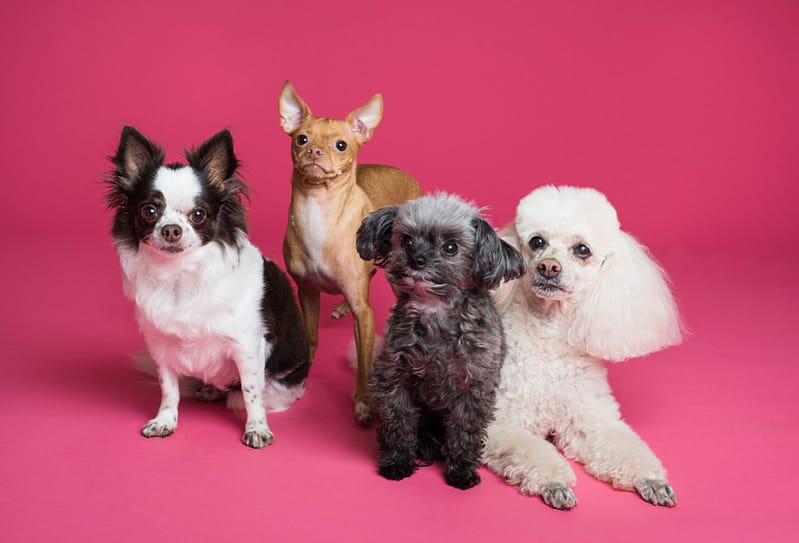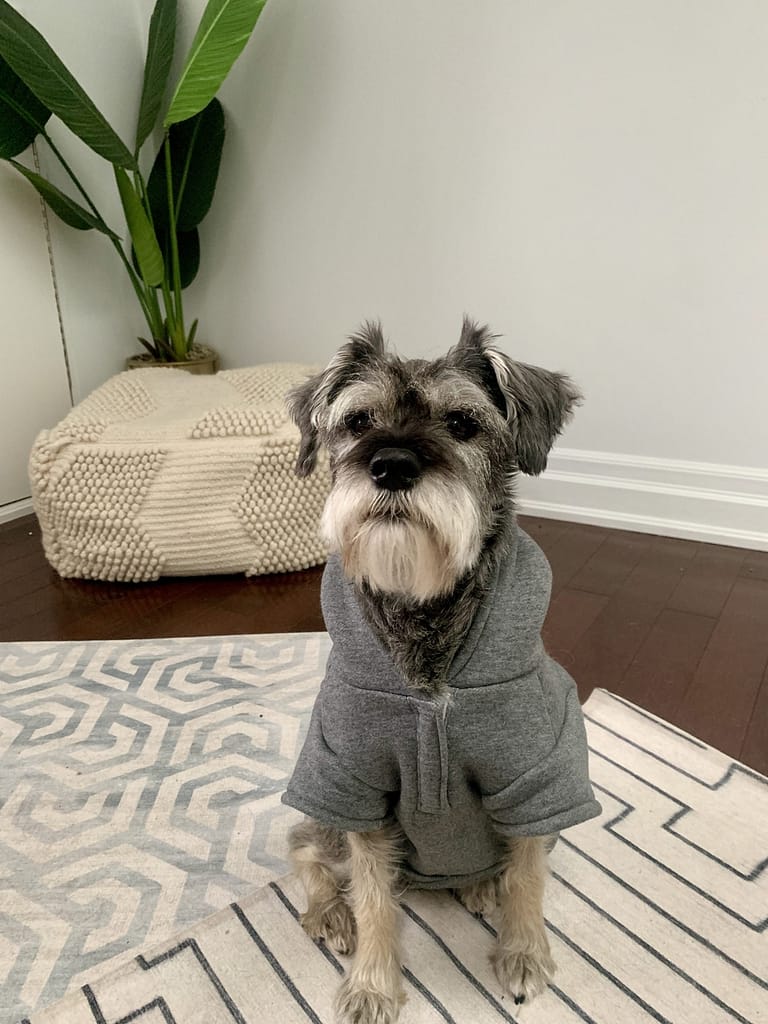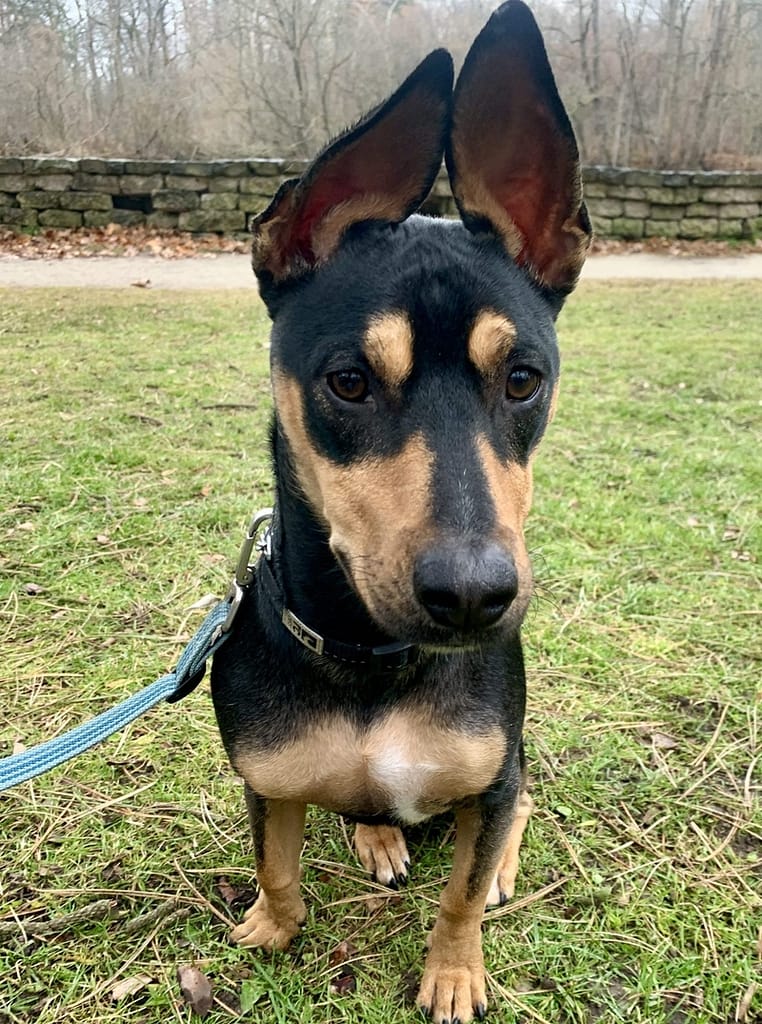Chad Mackin rightly said, “If you want to become a great trainer, get your ass in group class.” When we train our pups, we try to shape their behavior based on human needs and environment, often forgetting that dogs have natural instincts and a mind of their own. Group dog training classes allow dogs to interact with other members of their own species and learn in a pack setting, thereby accelerating training and learning process.

What to look for in a dog training class...
The importance of dog training classes sky rocketed in the last few decades and so has the demand and supply for it. With the plethora of options available in the market and considering the fact that dog training is a highly unregulated industry, it can be tricky to narrow down on a class that meets all your requirements. Here are few things you must keep in mind while scouting for training classes for your pooch –
- Qualifications of the trainer – Is the trainer qualified to understand and train dogs? Are they educated to read and respond to canine body language?
- Safety protocols of the facility – This includes measures taken by the staff to ensure safety of each and every pet parent in the facility, cross checking of vaccination record of each pet, their hands on ability to deal with accidents and emergencies, etc.
- Class size and cleanliness – Is the facility clean? How big is the space? The ideal class size of an indoor dog training facility should be between 8-10. Anything more than that could lead to overcrowding and may impede learning
- Pet advocacy – How does the trainer handle it when a dog is uncomfortable or not suited for group learning? How are the pet parents encouraged to handle the situation? Pet safety and comfort must always be prioritized
- Training ethos – What are the training ideologies of the pet instructor? Do they take an all-positive approach or a balanced approach? Does it align with your ethos?
When it comes to pet safety and training, there are absolutely no stupid questions.
Benefits of group dog training classes:
- Healthy Socialization and peer learning
Group dog training classes are one of the best places to ensure healthy and safe socialization for your puppy. All puppies that are enrolled in the class are typically updated on their vaccinations, are on leash and are of similar age group. The classes are also closely monitored by qualified trainers who have a keen eye for canine body language and communication. This makes the environment safe and conducive for socialization and learning.
Puppies, learn best through other puppies, for obvious reasons. They have a tendency to watch and replicate behaviors while interacting. Training classes ensure that puppies are learning desirable behaviors from each other.
- Builds confidence in shy puppies
Different puppies are blessed with different temperaments. Some puppies are born with the natural talent of making friends in a giffy wherever they go. On the other hand, some puppies may be a little more reserved and take time to open up.
In group classes run by qualified trainers, every puppy’s needs are accommodated. Shy puppies are given ample space and time to open up and back off if needed. This is crucial to enable puppies to come out of their shell faster. Furthermore, when they watch and experience other puppies playing with each other, it is an added encouragement to step forward and be a part of the fun.
- Basic manners
Socialization and basic obedience are two main objectives of group training classes. Every group class has a pre-decided curriculum consisting of basic obedience commands like Sit, down, stay, leave it, leash walking etc. This curriculum is split into 4-6 weeks classes that generally focus on covering one to two cues in each class.
Classes generally run for an entire hour, which may get overwhelming for many. To avoid this, these classes are packed with several exciting and interactive games that act as ice breakers. A good group training class is a lethal combination of fun, games, learning and socialization.
- Greater involvement of the pet parent
Unlike board and train, group dog training classes require pet parents to be a part of the whole class and practice and each and every command with their puppies. The trainer’s job is to get the ball rolling in terms of introducing the dog the pet parent to new commands and guiding them in case they get stuck while practicing.
Pet parent’s involvement in the dog’s training is a sure shot way to improve communication skills between the two, have more responsiveness and enhance the human-canine bond. Pet parents also get the opportunity to learn about pet advocacy and the importance about speaking up for their pet as and when necessary, an important aspect of responsible pet parenting.
- Affordability
Group classes are one fourth the cost of private classes. For pet parents who want to focus on basic obedience training, group classes are not only more affordable, but also more beneficial because of the added advantage of socialiation and peer learning that these classes offer.
- Plethora of options
Different group classes have different focus points. Depending on your training goals for your dog, you can choose from a variety of options such as –
- Basic obedience training – Puppy, intermediate and advanced
- Agility training
- Sniff work
- Therapy dog training
- Service dog training
- Medical detection training
- Search and rescue training
- Police dog training, etc
- Excellent distraction training
Dogs are fast learners, but they may need some practice before they start generalizing commands. In other words, once they learn to “Sit,” in low distractions, they may have trouble grasping the concept of following through with the same command in the presence of distractions. Group dog training classes are an excellent starting point in teaching dogs to respond and follow through with a range of cues in mild to heavy distractions.
Socialization is not only about making friends and playing with other dogs and people, it is also the ability to ignore these stimuli and focus back on their human when needed. Environment neutrality and distraction training are crucial aspects of dog obedience training.
While group dog training classes offer a range of learning options and benefits, it must be noted that these classes may not be for everyone. Socially anxious dogs, reactive dogs, aggressive dogs, fearful dogs, etc. may not be the right candidates for group learning. They would need a more intensive, one on one approach. Make sure to know your dog’s temperament and needs and accommodate them to the best of your ability, with or without group classes.











